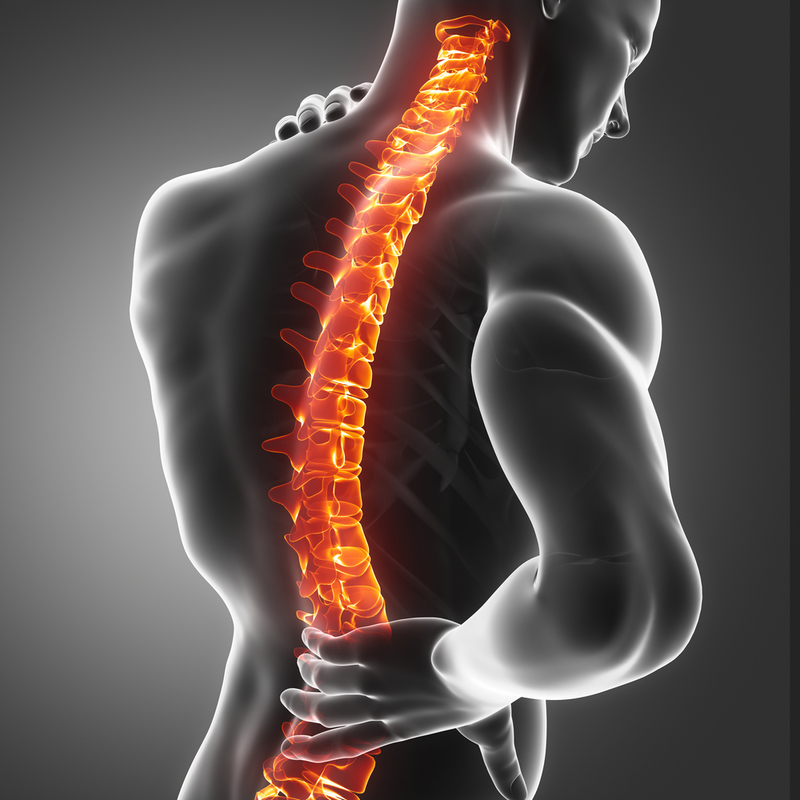Drug compound could revive neural circuits and restore ability to walk
IANS Jul 23, 2018
Scientists have showed that a small-molecule compound could revive neural circuits in paralysed mice with a spinal cord injury and restore their ability to walk.

The findings showed that injecting the compound called CLP290 -- known to activate a protein called KCC2 -- enabled paralyzed mice to regain stepping ability after four to five weeks of treatment. "For this fairly severe type of spinal cord injury, this is most significant functional recovery we know of," said lead author Zhigang He from Boston Children's Hospital in the US.
"We saw 80 per cent of mice treated with this compound, recover their stepping ability," he added, in the paper published in the journal Cell. Inspired by the success of epidural electrical stimulation-based strategies -- the only treatment known to be effective in patients with spinal cord injury -- the team applied electric current to the lower portion of the spinal cord. Combined with rehabilitation training, it had enabled some patients to regain movement.
While epidural stimulation seems to affect the excitability of neurons, when turned, the effect is gone. Thus, the team "tried to come up with a pharmacologic approach to mimic the stimulation and better understand how it works", he said. They selected a handful of compounds that are already known to alter the excitability of neurons, and are able to cross the blood-brain barrier. They gave each compound to paralyzed mice in groups of 10 via intraperitoneal injection.
All mice had severe spinal cord injury, but with some nerves intact. Each group (plus a control group given placebo) was treated for 8-10 weeks. Compound CLP290 showed the most potent effect. Recordings of electrical activity of muscle tissue showed that the two relevant groups of hind limb muscles were active. The animals' walking scores remained higher than the controls' up to two weeks after stopping treatment and the side effects were minimal.
But, the results showed that after the injury, the production of KCC2 reduces, causing problems in responding to signals from the brain. By restoring KCC2 with CLP290, the inhibitory neurons can again receive inhibitory signals from the brain, making it more responsive to inputs from the brain, the researchers noted.
-
Exclusive Write-ups & Webinars by KOLs
-
Daily Quiz by specialty
-
Paid Market Research Surveys
-
Case discussions, News & Journals' summaries